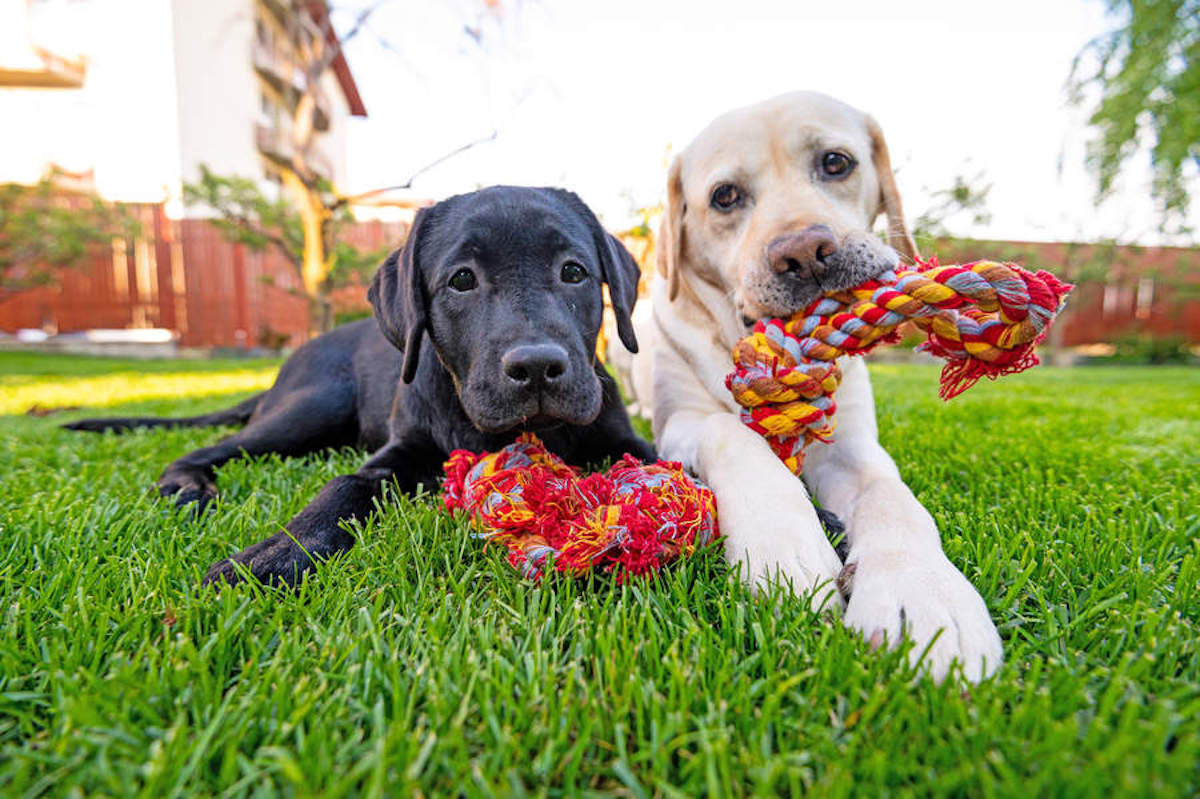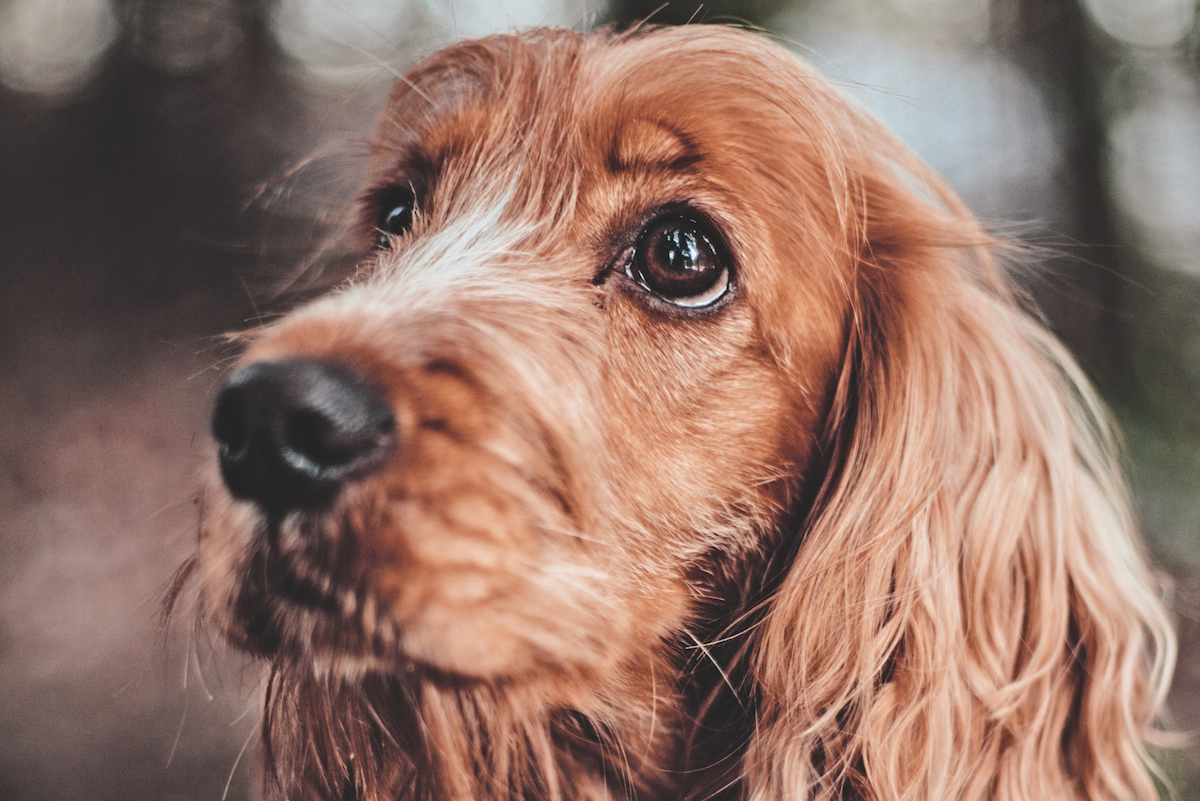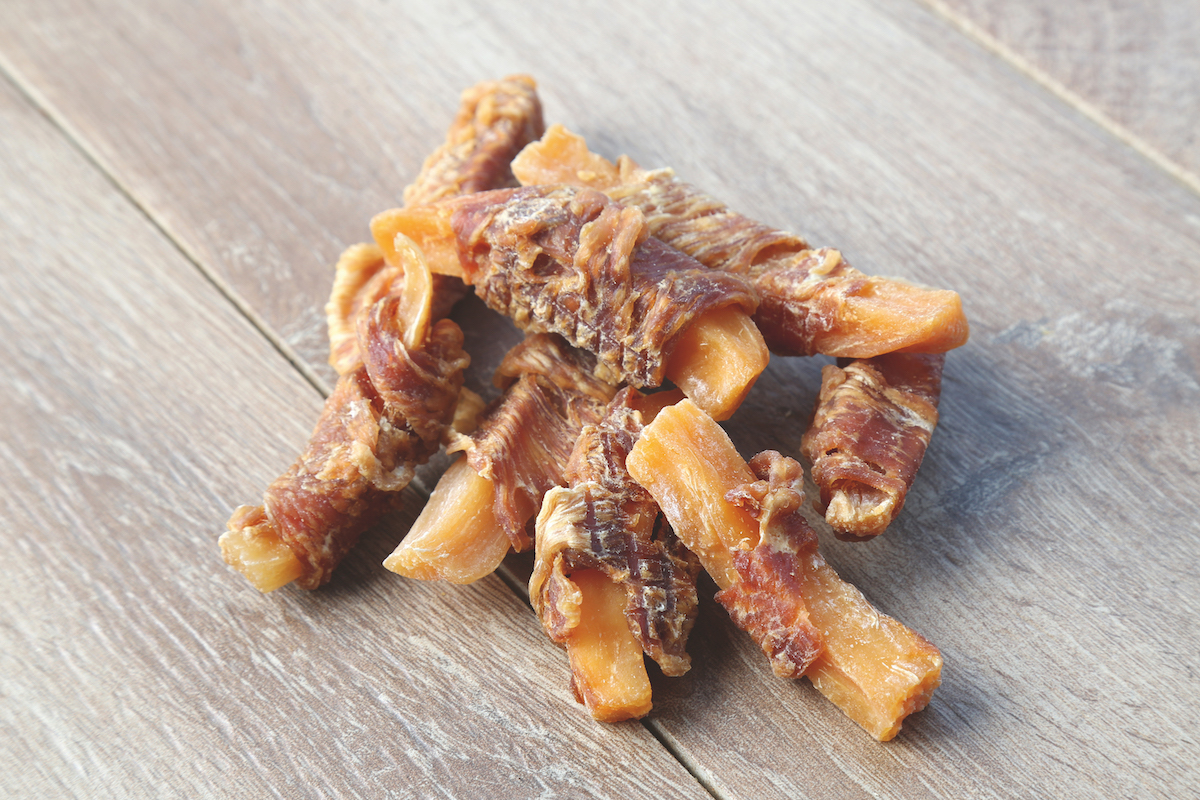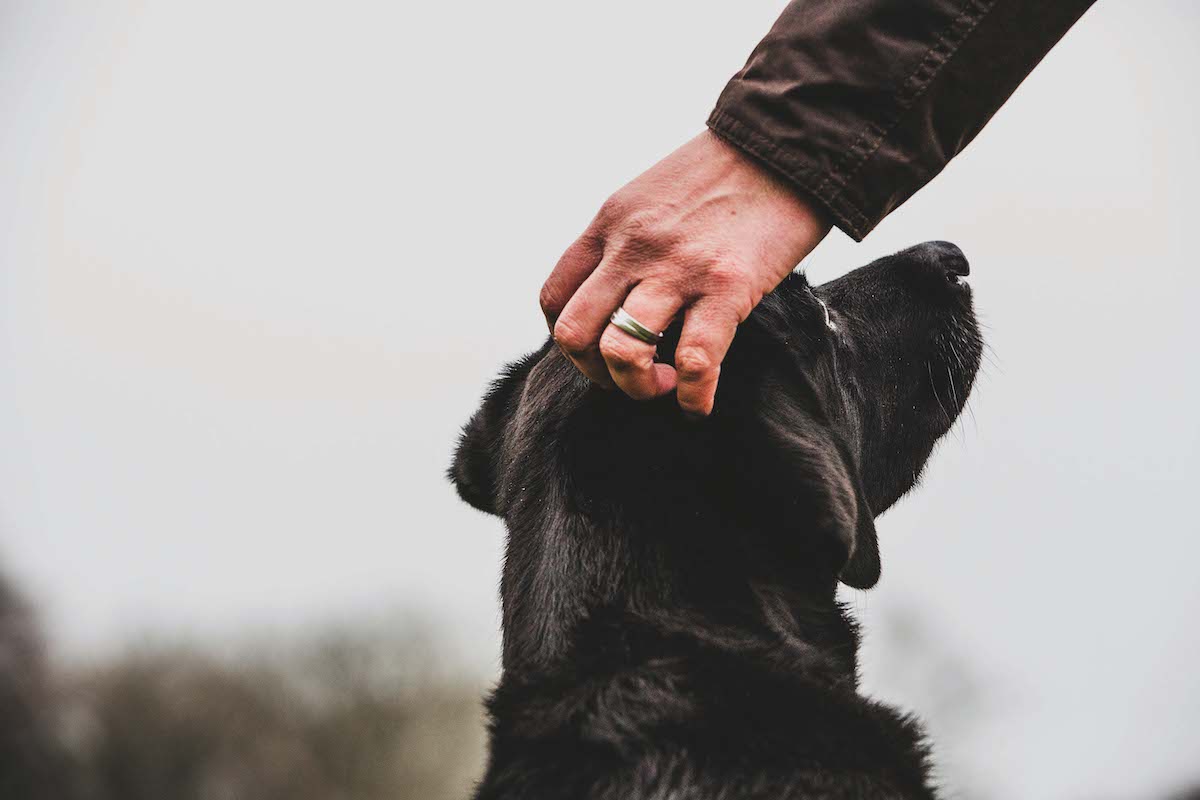Never let your dog chew anything that doesn’t pass this test
Should dogs be allowed to chew things? If so, what? Vet Neil Mcintosh offers some sound advice

Providing a dog chew can relieve boredom (and satisfy their basic desire for wanton destruction), but dog chews must be selected carefully. Poor choice of material can result in tooth fractures, tooth attrition and choking. I see all three regularly, with the latter occasionally proving fatal. (Read Ellena Swift’s advice on how to stop a dog chewing the wrong things.)

The rule is that you should be able to pit a dog chew with your fingernail or it is simply too hard
The test of choosing a dog chew
The choice of dog chew is very important. The rule of thumb is that you should be able to pit a chew with your fingernail or it is simply too hard. Remember that many of the claims made about some chews being ‘good for teeth’ are simply unfounded.

Tooth fracture from chewing inappropriate items generally occurs to the large upper teeth
The consequences of getting it wrong
Tooth fracture from chewing inappropriate items generally occurs to the large upper teeth, but the lower teeth can also be involved. Typically, the ‘slab fractures’ that result can be difficult for owners to see, as the three rooted tooth stays in place, even though the sensitive pulp is exposed. Inevitably, these are painful and require action – either extraction or root filling. The main culprits are antlers, which are far too hard and caused an epidemic of tooth fracture when they were first marketed, butcher’s knucklebones and stones. (Read all about puppies and their teeth here.)
Choking is most commonly seen with rawhide chews. These start off life being far too hard (pre-soaking in water can be a good idea) and end up becoming a soft, squidgy mess, which, when reduced to the right size, can become lodged in the back of the throat, blocking the airways. They are incredibly difficult to remove without getting badly bitten; sometimes the Heimlich manoeuvre is successful, and we keep a corkscrew at the surgery as it can be screwed into the soggy mass (or a stuck ball), allowing its extraction. The moral of the story is that dogs should never be left unattended with a rawhide and it should be removed when it has been significantly diminished in size.
Damage to the mouth, oesophagus and stomach can occur from splinters of sticks and bones. A classic injury can happen when dogs are chasing a thrown stick and ‘run on to it’, so that it penetrates the back of the throat, leaving fragments behind, which can cause nasty abscesses. I would advise that the chasing, carrying and chewing of sticks is strongly discouraged.
Dental attrition (excessive wearing of teeth) can occur with regular, repeated carrying of some items, especially tennis balls, which are like sandpaper. Sometimes, as the teeth are worn down, the pulp cavity is protected by the laying down of tertiary dentine, but if exposure of the pulp occurs, extraction or root canal treatment is required. Soft, rubber balls, perforated with holes to allow breathing in case they get stuck at the back of the throat are preferable. (Read

Extraction is often the course of action when dealing with a fracture
The basics
Contrary to popular belief, dogs do not possess ‘crushing teeth’. The front teeth, the canines and the incisors, are mainly used for catching prey, offensive and defensive behaviour and fine nibbling, which would include scraping meat from bones and grooming. The teeth at the back of the mouth, the carnassials, have sharp, pointed cusps, which allow them to cut their prey into strips with a scissor action prior to swallowing. The problem with this is the teeth need to come into very close contact to be effective and this puts them at risk of fracture, especially if the object being chewed is harder than the teeth.
Biting can produce up to a tonne of force and research has shown that fracture of an upper carnassial in a 20kg dog can occur with only 90kg force. What is clear is that dogs are designed to catch and eat small prey items, such as rabbits and squirrels, and are able to cope with the relatively small and light bits of bone involved. They are not set up for bringing down adult bovines.
Another misconception is that what is good for wild dogs must be good for our domestic dogs. However, research on African wild dogs carried out by Steenkamp in South Africa and on wolves by Furtado in Brazil demonstrated that they suffer the same levels of dental disease as our pets and working dogs. Sadly for them, fractured teeth can mean a slow, lingering, painful death.








